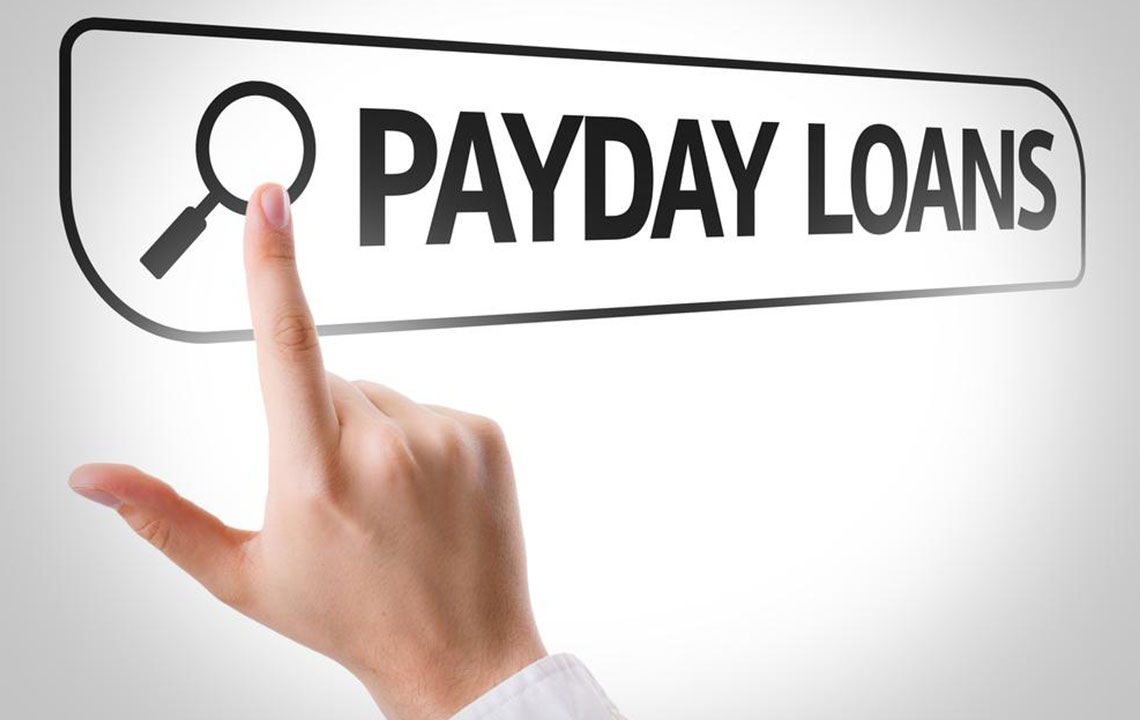A Comprehensive Guide to Payday Lending: Key Insights and Considerations
This comprehensive guide explains payday lending, detailing how it works, regulatory considerations, risks, and tips for responsible borrowing. It emphasizes the importance of understanding the high costs and potential consequences associated with short-term high-interest loans, helping consumers make informed financial decisions.

Understanding Payday Lending: What You Need to Know
Payday loans have become a common financial product for individuals facing urgent monetary needs. These short-term, high-interest loans are designed to bridge the gap between paychecks or cover unexpected expenses quickly. Typically, payday loans range from as little as $100 to a maximum of $5,000, depending on the borrower’s income and the lender's policies. They are characterized by their ease of access and rapid disbursement, making them a popular choice for those lacking immediate cash flow. However, the convenience associated with payday lending comes with significant financial considerations that borrowers need to understand thoroughly before opting for this option.
Payday lenders usually require borrowers to provide a post-dated check or authorize electronic withdrawal from their bank accounts. The repayment amount is generally scheduled for the borrower’s next payday. This short-term nature aims to match the borrower’s income cycle, but the high interest rates can lead to a cycle of debt if not managed carefully. Due to the high cost of these loans, many jurisdictions impose limits on the annual percentage rate (APR), typically capping it between 30% and 40%. Some regions restrict or even ban payday lending altogether to protect consumers from excessive charges. Understanding the regulatory landscape is crucial for borrowers to make informed decisions and avoid potential pitfalls.
Evaluating the credibility of payday lenders involves various criteria. Many lenders assess applicants based on income rather than credit history, making it easier for individuals with poor or no credit to access funds. However, the lack of thorough credit checks increases the risk of lending to borrowers who may already be in financial distress. Applications for payday loans are predominantly conducted online, simplifying the process and enabling quick approval. Once approved, funds are typically transferred electronically into the borrower’s bank account, and repayment is automatically deducted on the scheduled date. While the process offers speed and convenience, it’s important to recognize the potential consequences of payday loans, including the possibility of falling into a debt cycle due to accumulating interest and fees.
Despite their usefulness in emergencies, payday loans carry risks that can exacerbate financial problems if not used responsibly. Borrowers should only consider payday lending if they are fully aware of the costs involved and are confident they can repay the loan on time. Failing to do so can lead to higher interest accruals, additional fees, and damage to credit scores, which can affect future borrowing opportunities. It’s advisable to explore alternative options such as personal loans, credit card cash advances, or assistance from community resources before resorting to payday lending. Ultimately, understanding the full scope of payday loans empowers consumers to make choices that best serve their financial well-being.





